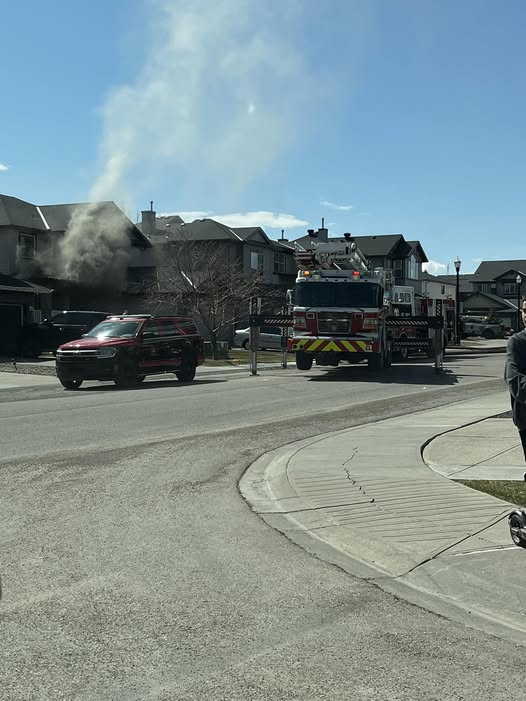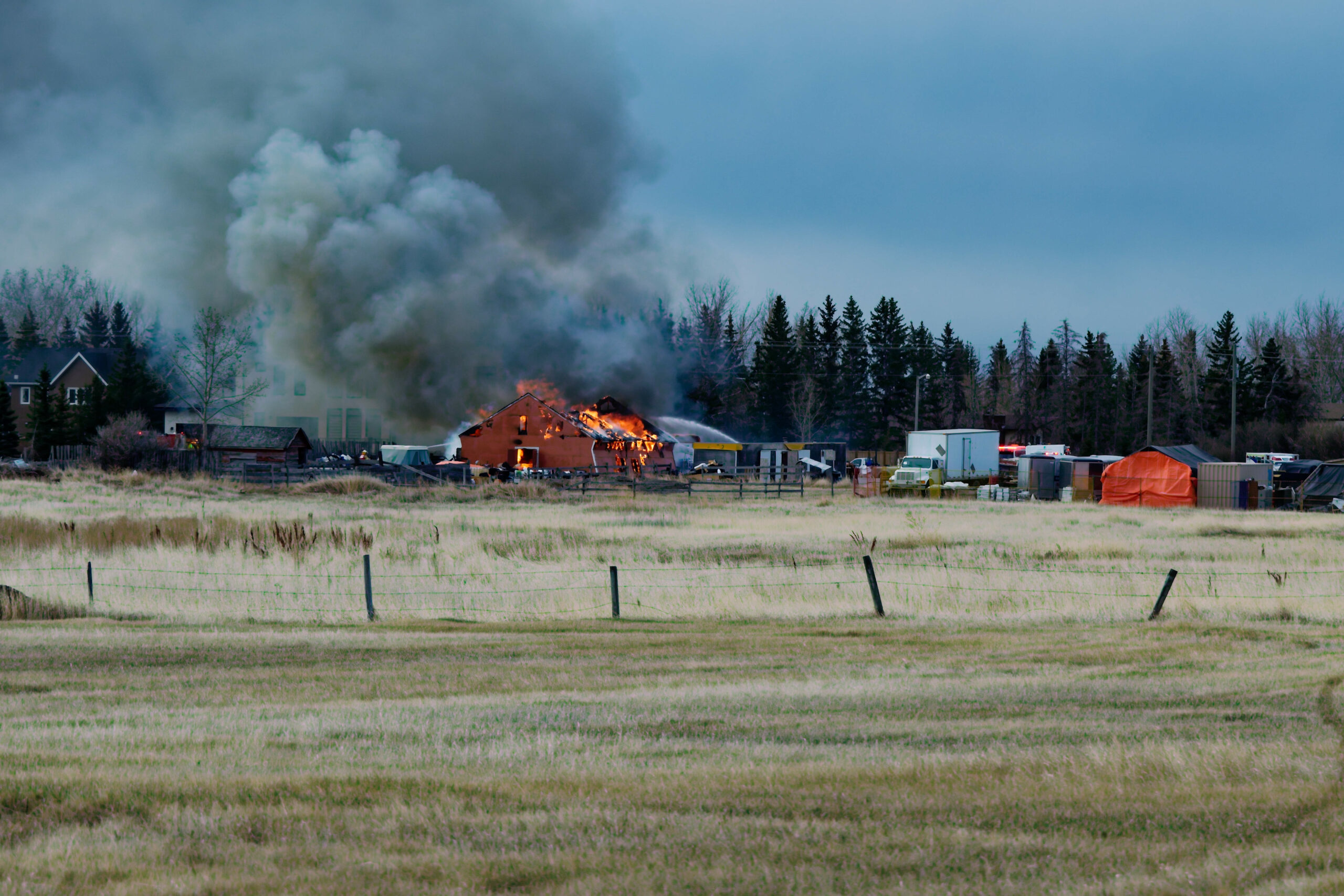Chestermere City Council carried the Stormwater Outfall Feasibility Study during the May 4 Regular Meeting of Council.
In 2019, Chestermere withdrew from the Cooperative Stormwater Management Initiative (CSMI), a stormwater conveyance system that is designed to serve multiple municipalities within Rocky View County (RVC), Wheatland County, and the Western Irrigation District (WID).
The system is made up of a combination of pipes and overland drainage that would convey stormwater from the municipalities to the Red Deer River.
“The primary reason for withdrawing participation from CSMI was the strict volume and staging constraints which are placed on new development to participate in that system. These restrictions would require significant capital and operating costs in addition to the cost of the system,” said Infrastructure Project Manager Community Growth and Infrastructure, Carrie Stettner.
Chestermere administration evaluated other options to make an informed decision for Chestermere’s stormwater.
Through the study, three options were identified, such as using the Shepard Slough Wetland Complex as an outfall, constructing a reservoir and a force main to the Bow River, or
treating the stormwater with a naturalized wetland treatment facility to the WID’s Works.
Administration reviewed the viability of using the Shepard Slough Wetland Complex as an outfall. A balancing reservoir would have to be constructed to buffer the peak flows and the water would flow by gravity through the connected wetlands to the City of Calgary’s Ralph Klein Park Stormwater Management Facility and eventually the Bow River.
“It was determined that using this complex for conveyance of stormwater would negatively impact the wetlands and this option was deemed to be not viable,” Stettner said.
The pipeline to the Bow River includes a balancing reservoir on the south end of Chestermere and a pipeline south to the Bow River.
An optimization exercise was completed to determine the most cost-effective combination between reservoir capacity and the size of the pumps and the pipeline.
“This option is viable and there is a clear path through the regulatory approvals, but the capital cost of construction is high, and a pipeline line assignment would need to be obtained through RVC,” Stettner said.
She added, “Negotiations with the county would need to take place and has a high capital cost.”
Administration investigated the final option, Naturalized Treatment, and options to treat stormwater that would meet the quality guidelines set by the WID.
The Naturalized Treatment option is proposed to be at the south end of Chestermere where the stormwater can flow by gravity to the treatment facility, and the treated water would be pumped to a canal downstream of the lake.
“This option is viable, and the technology has been proven in other facilities to be able to provide adequate treatment. This is the lowest capital cost and option but will require ongoing monitoring and approval from WID for conveyance of the treated stormwater,” Stettner said.
“It’s the lowest capital cost of all the options we looked at, it can be a natural amenity for the community, this is a wetland where we can put boardwalks and pathways and really enhance that amenity,” she said.
Adding, “I believe this is an opportunity for grant funding for innovation, this is new, this isn’t something that’s done every day, this isn’t typical for anywhere else in this area to be treating stormwater above Alberta Environment guidelines.”
The Naturalized Treatment option is subject to approval by the WID and would require ongoing water quality monitoring.
CSMI has also left the capacity for Chestermere in the design and returning to the cooperative remains an option.
“We determined there is no perfect solution. They all come with pros and cons, if this was an easy decision, we would have made it a long time ago. There’s more to consider than just the capital costs of the outfall, there’s the ongoing operation that is important to the utility and to residents because those are the people that are going to be paying for this after the capital is installed,” Stettner said.
“Time is of the essence, we need to get to a yes somewhere, our developers are depending on it, the development of this community needs an outfall in order to continue development,” she said.
Administration recommended that council support option three of the Stormwater Feasibility Study, which consists of stormwater treatment and conveyance by WID, and approves commencing the preliminary design including obtaining the required approvals.
“It’s not a guarantee, there is definitely risk associated, but at this stage, this is the road we would like to pursue first,” Stettner said.
Adding, “I do believe that spending money on treatment rather than conveyance in a constrained watershed is environmentally responsible, there’s an opportunity to create an amenity, the capital cost estimate is the most economical of the options, and I believe it presents the best opportunity for grant funding.”








